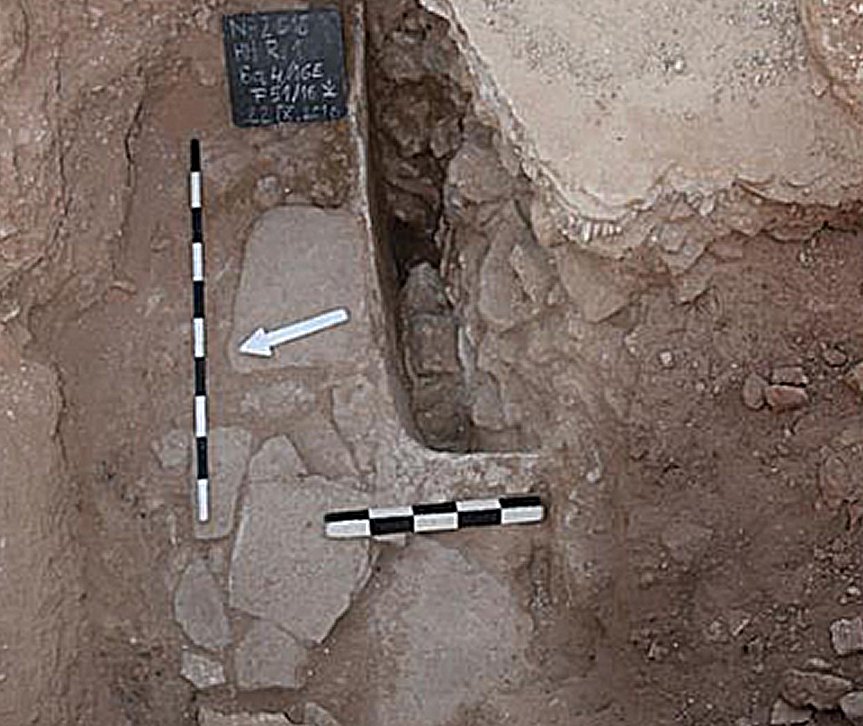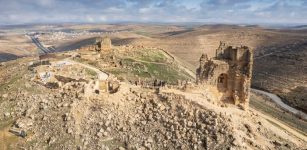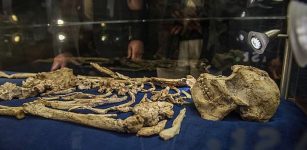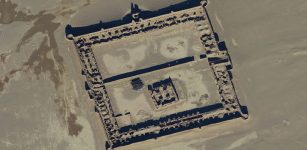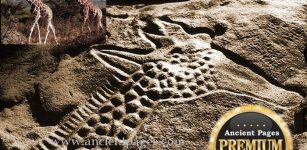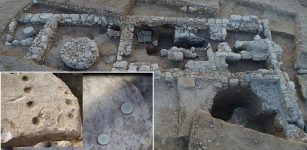Oldest Houses Of Nea Paphos In Cyprus – Discovered
AncientPages.com - The oldest remains of the ancient city of Nea Paphos in Cyprus have been discovered by Warsaw archaeologists during excavations.
Approximately 2.4 thousand years old fragments of walls and floors are located in the part of the city inhabited by the wealthiest people.
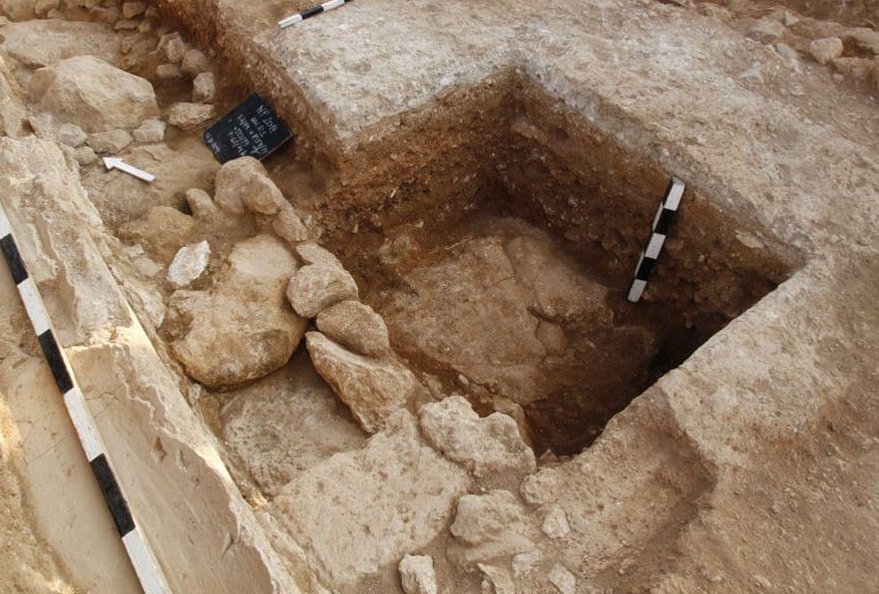
The oldest traces of ancient Nea Paphos are discovered on a very small surface, making it difficult to reconstruct the ancient houses. Photo by Henryk Meyza
Paphos is one of the most important archaeological sites in Cyprus. In the Greek-Roman period, it served as the capital of the island. It was built in its western part at the end of the 4th century BC.
"During the last excavation season we managed to reach some of the first buildings erected in this ancient city" - told PAP Dr. Henryk Meyza of the Institute of Mediterranean and Oriental Cultures of the Polish Academy of Sciences. His team conducts research in the residential district.
The extensive and luxurious buildings located in the area studied by Polish archaeologists had been functioning for almost a thousand years, from the 4th century BC to the 7th century AD.
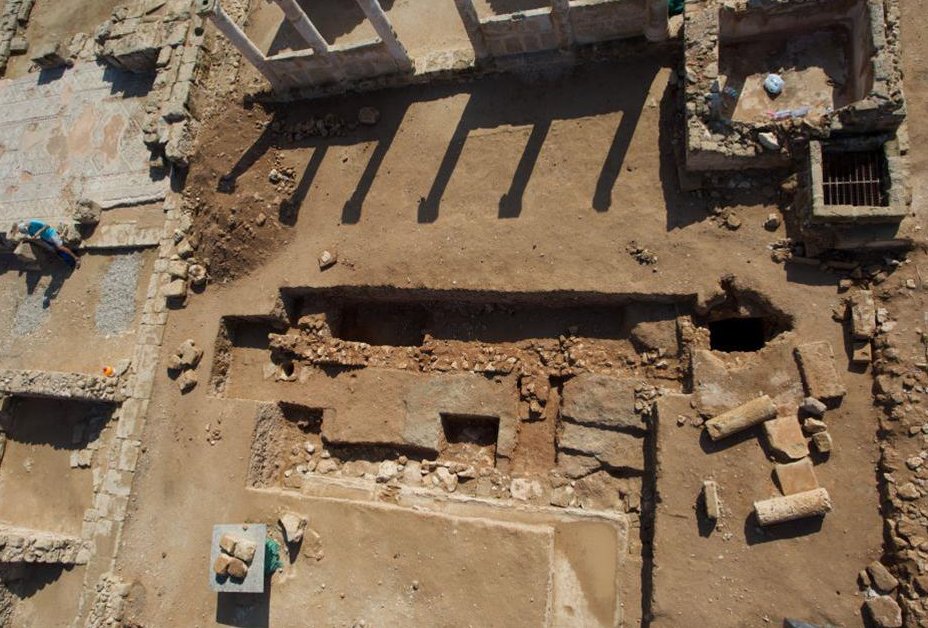
"Hellenistic house" and "Theseus villa" - ancient buildings studied by the Polish team of scientists. Photo by Maciej Jawornicki
From the beginning, they were erected on a regular grid of streets, which cut the area into about 100 by 35 m lots. The houses has a simple layout, were centered around three courtyards, the central of which was a square surrounded by a colonnade, with a garden in the middle.
"This was also because the construction of this district was preceded by the construction of water drainage system in the stone substrate that was used throughout the history of the city" - said Dr. Meyza.
Excavations works revealed that the central part housed pools of different sizes, and the largest, square pool had a side length of about 7 m. The last phase of development, with the garden, was built only in the late 1st or early 2nd century AD, already in the Roman period" - said Dr. Meyza.
"The last king of the independent ancient Cypriot state of Paphos was the founder of this city."
The new location - Nea Paphos, or New Paphos - had a convenient harbor and large piers.
"The relics of the first houses erected within a residential area are not impressive in terms of craftsmanship. The floors were made of clay. Only in later houses they were replaced with stone slabs or meticulously made mosaics" - said Dr. Meyza.
The new capital became the largest center of the Hellenic fleet next to Alexandria in Egypt. At that time Cyprus had a large supply of timber for the construction of large ships, mainly cedars, and among other things for this reason it was a valuable asset to the rulers of Egypt from the Ptolemy dynasty. They contributed to expanding the city and elevating its rank. However, the majority of visible relics come from later times.
AncientPages.com

